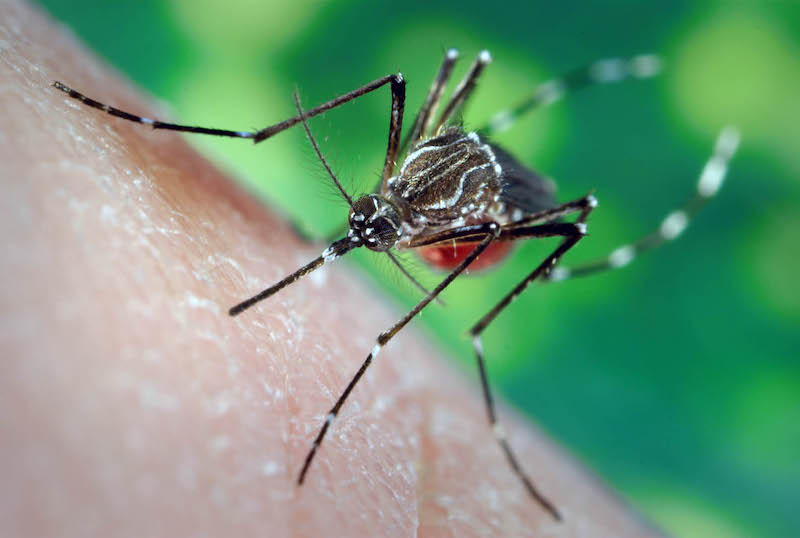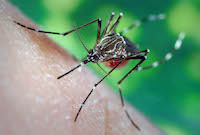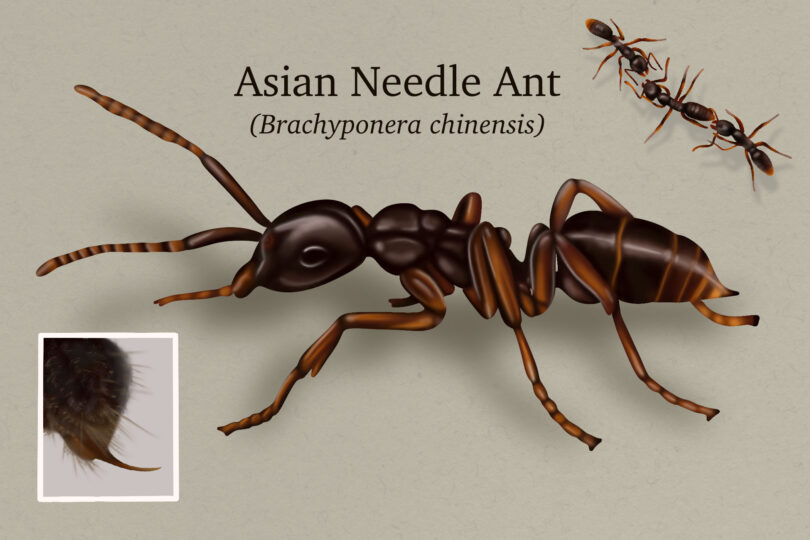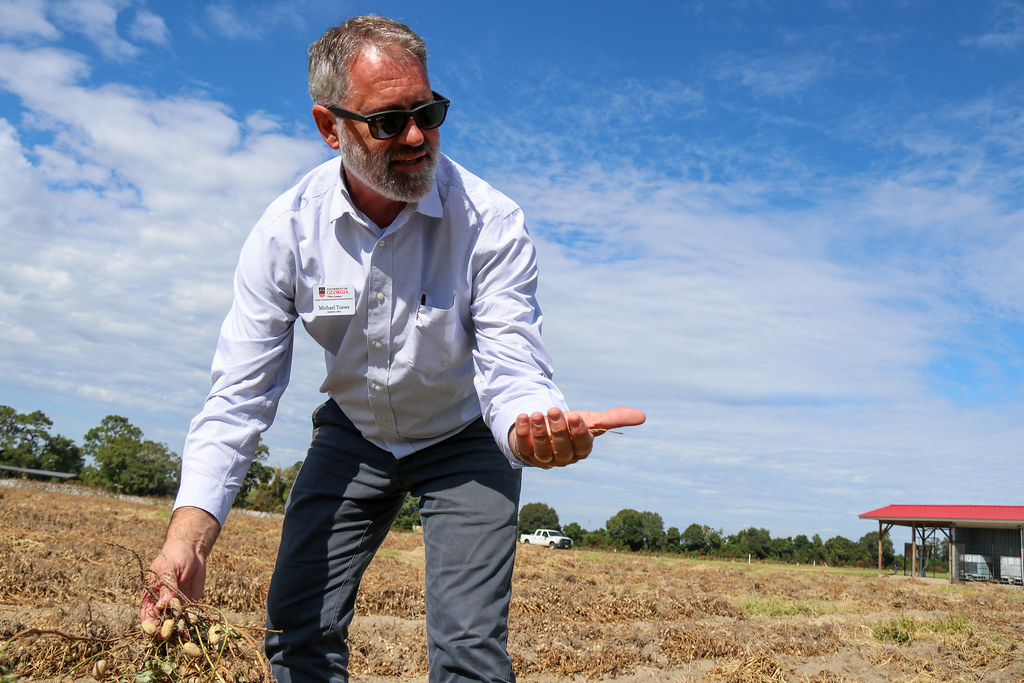There has never been a better time to focus on mosquito prevention around our homes and yards than while being at home right now. Using some of our free time now will go a long way to having a more enjoyable summer.
As a refresher, all mosquitoes require standing water for their larval and pupal development. The female mosquito that emerges from these habitats requires a blood meal to stimulate the egg development cycle, hence the well-known biting behavior for which they are infamous.
Eliminating all forms of standing water around homes and yards is critical to reducing the mosquitoes that we most commonly see and is the first step in an integrated mosquito management program.
The Asian Tiger mosquito, Aedes albopictus, is described as a container-breeding mosquito and is our most common and widespread pest in Georgia. This pest, and many other species of mosquitoes, can develop in essentially anything that will hold water around our homes.
Common sites that are used as larval habitats include the trays under potted plants, buckets, tires, tarps, birdbaths, pet bowls, boats, rain barrels, gutters, downspout drain pipes and any type of underground drainage system.
Many of these sites can simply be eliminated by using the “tip and toss” practice of dumping out standing water and getting rid of things we don’t need or use, or positioning items so that they don’t catch water in the future. Items that can’t be eliminated can be safely treated with the biologically based mosquito dunks that are available at many stores.
In addition to the containers around our homes, we’ll surely be dealing with other mosquitoes that develop in low-lying areas around our communities. The extremely wet winter has replenished the water table and has created excellent mosquito habitats in many areas.
Low-lying areas across the state are holding water and are sure to produce a wide range of mosquito species as temperatures rise. In some cases, drainage can be improved and standing water eliminated, but many times the larval habitats are large or difficult to locate. In these cases, residents will need to take additional action to provide relief.
The first line of defense around our homes and residences are the screens on our doors and windows. Now is a great time to make sure they are intact and sealing tightly, particularly since it’s still early in the spring and we have time to open our windows and let some fresh air in — never a better time than during a pandemic.
When going outside, light-colored, loose-fitting clothing provides a physical barrier and makes us less attractive to host-seeking mosquitoes. Exposed skin should be treated with an U.S. Environmental Protection Agency-approved repellent. DEET-based products are still highly recommended, but other active ingredients are proving safe and effective as well.
In closing, while we are always concerned about virus transmission via mosquito bites — West Nile, eastern equine encephalitis and LaCrosse viruses, for example — there is no evidence that the new coronavirus that causes the COVID-19 disease can be transmitted by mosquitoes.
So, while social distancing and sheltering in place, take some time and clean up around the yard, get rid of things that will hold water that you aren’t using, make sure the screens are intact and, finally, wash your hands because summer will be here soon and I want to enjoy a mosquito-free barbecue with my friends and family.
For more information, see UGA Extension Circular 1154, "Best Practices of Integrated Mosquito Management," and Circular 1155, "Mosquito Biology and Behavior," at extension.uga.edu/publications.








